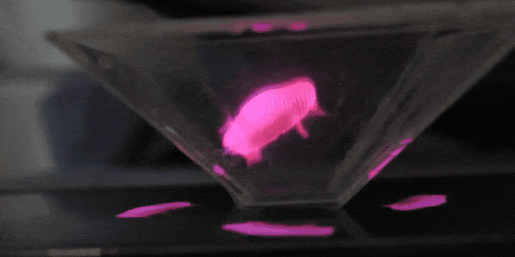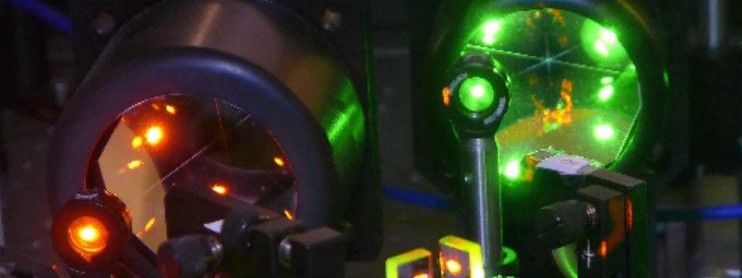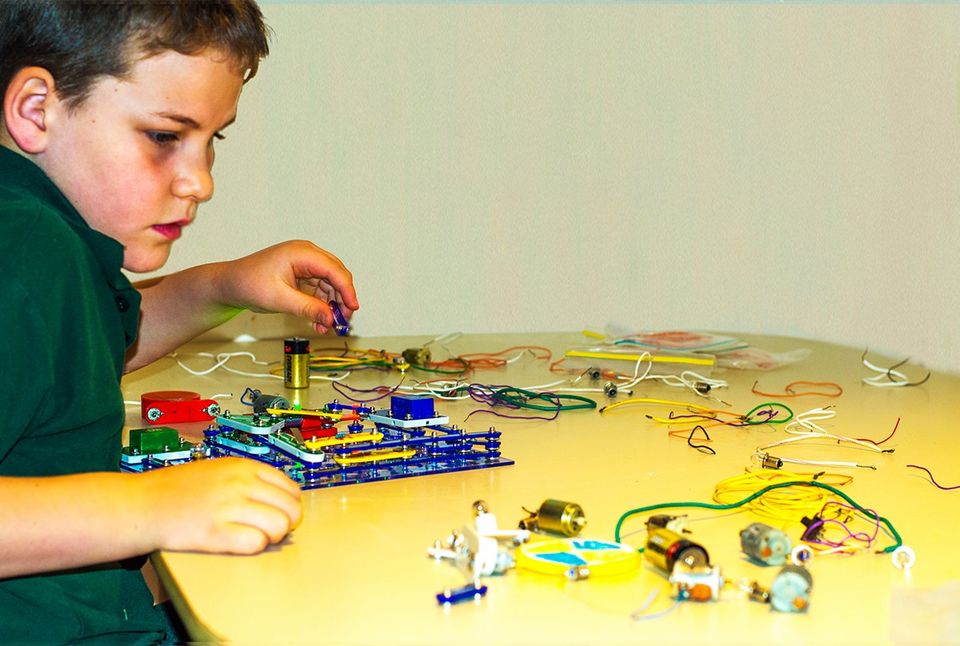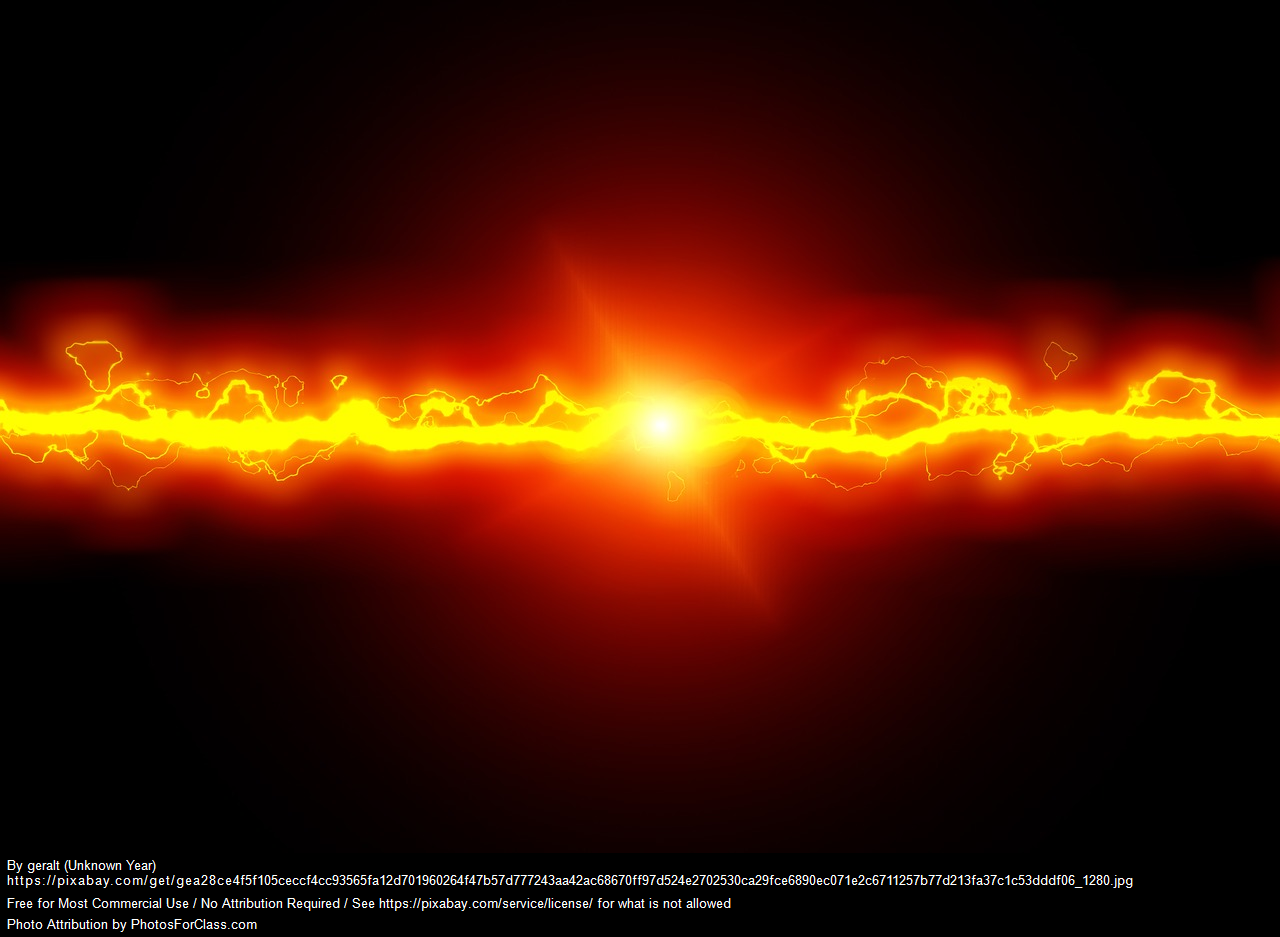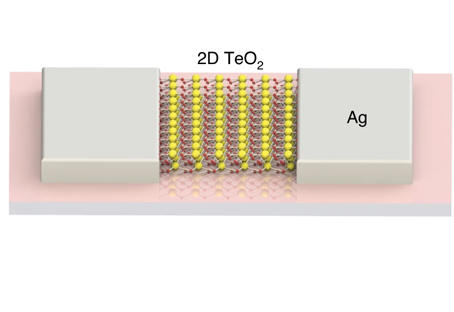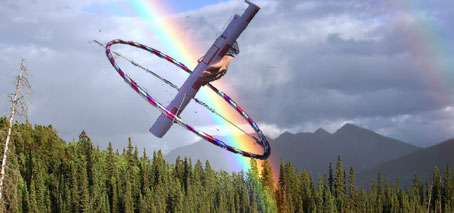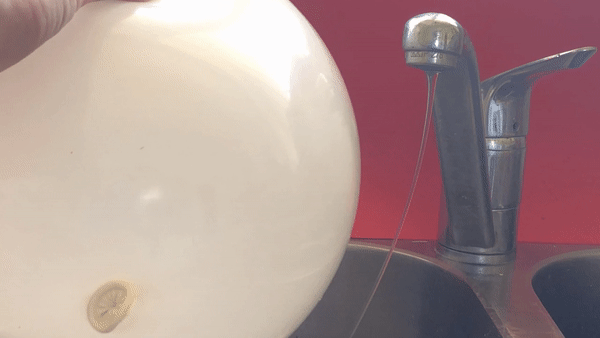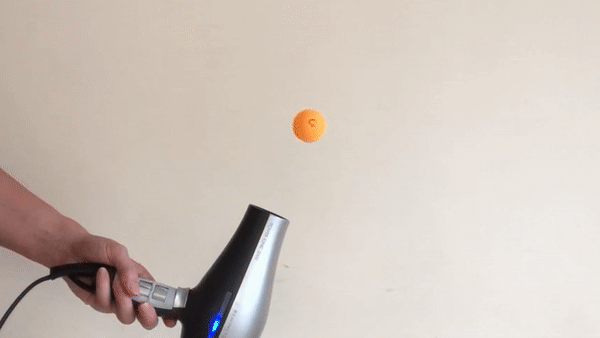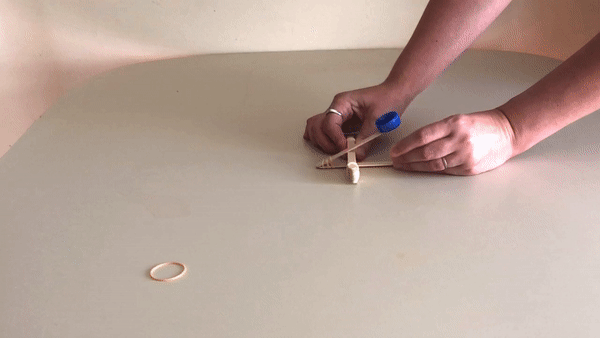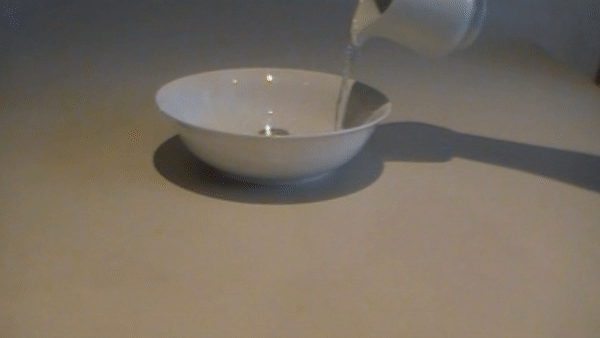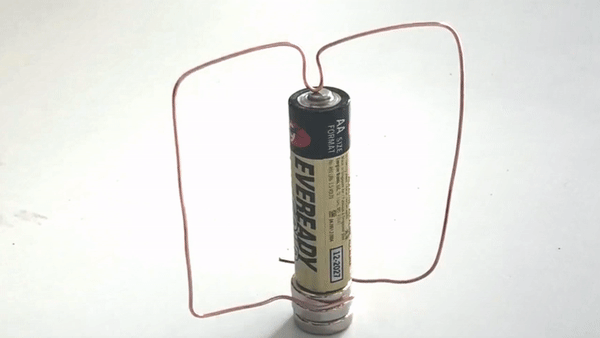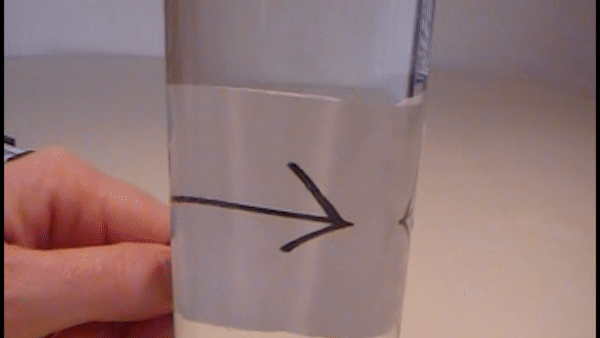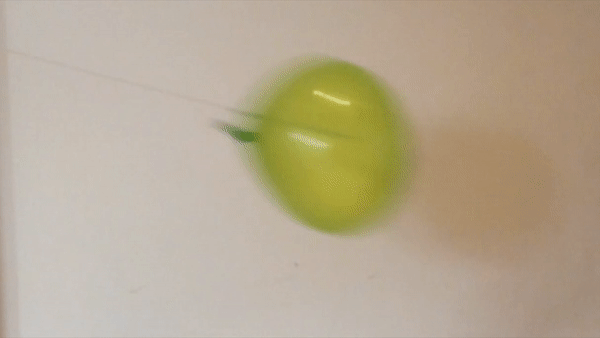Forces and energy: Quantum energy
Forces and energy: Electricity and sustainable energy
Forces and energy: Kinetic, potential, conservation and transformation
Forces and Energy: Energy and Work
FLEET Schools: Forces and Energy
Ask the Physicists: Inspiring girls in engineering
Why were flights cancelled in Phoenix Arizona?
Electricity and magnetism: electromagnetism
FLEET Schools: Light: reflection, refraction, diffraction
FLEET Schools
FLEET schools: Conductors, insulators and electricity
FLEET schools: FLEET research and the need for the next generation of electronics
How to find a rainbow
Why are there so many songs about rainbows? And how to locate one with a bit of simple physics, maths and home-craft Maunder and Hunt’s Very Fabulous Rainbow Position Locator* There’s something quite fascinating about rainbows, which is why they feature in so many wonderful legends and myths, from the Bifrost bridge of Norse legend, to God’s reassuring post-Flood sign, …
Water Bender
You can be a water bender. All you need is a balloon (and a good head of hair). Download pdf of Water Bender activity Learning Intentions Students get to think, observe and learn about the difference between insulators and conductors and how charged particles (electrons and protons) function to generate static electricity. Materials A dry latex balloon (if you don’t …
Electrified Steel Wool
This is a simple experiment that creates a circuit with steel wool and shows the fiery potential of resistance. The steel wool does actually catch fire so make sure you do it safely. Download activity as a pdf Learning intentions Students get to generate inquiry questions about electrical circuits. The activity will help students recognize the need for a complete …
Under pressure: Heat, airplanes and Bernouli
What does heat and a dude called Bernouli have to do with deciding when it is too dangerous to fly a plane? Be prepared to do some quiz questions. The experiments in this activity relate to what enables a plane to get off the ground and what can make it come crashing down again. And about 150 years before the …
Catapult
Make a simple catapult that can fire small items across rooms. Students can invent games to play and experiment with their catapults and test their understanding of potential and kinetic energy. Learning Intentions Students will use the scientific process identify and understand potential and kinetic energy, their use to do work and how energy can be transferred from one form …
Appearing Coin
Use the science of refraction to make a coin suddenly appear. Download the pdf of complete activity that includes worksheet tables. Learning Intentions The activity investigates refraction and its applications in the real world. By the end of this activity, students should be able to: draw a diagram to show how the light coming from the coin changes direction (refracts) …
Electric Motors: Spinning Wire
The spinning wire experiment is actually an experiment that creates a simple motor, known as a homopolar motor, with the use of just three things. Download pdf of activity, that include samples table to record student observations Learning intentions Students will replicate Faraday’s simple electric motor to build on their understanding of the relationship between magnetism and electricity. Aim To …
Moving Arrows
Watch arrows magically flip direction thanks to refraction of light. Download the pdf of this activity. Learning outcomes Students will recognise the refraction of light at the surfaces of different transparent materials, such as when light travels from air to water or air to glass and be able to apply this understanding to vision and humans’ development of lenses. Materials …

